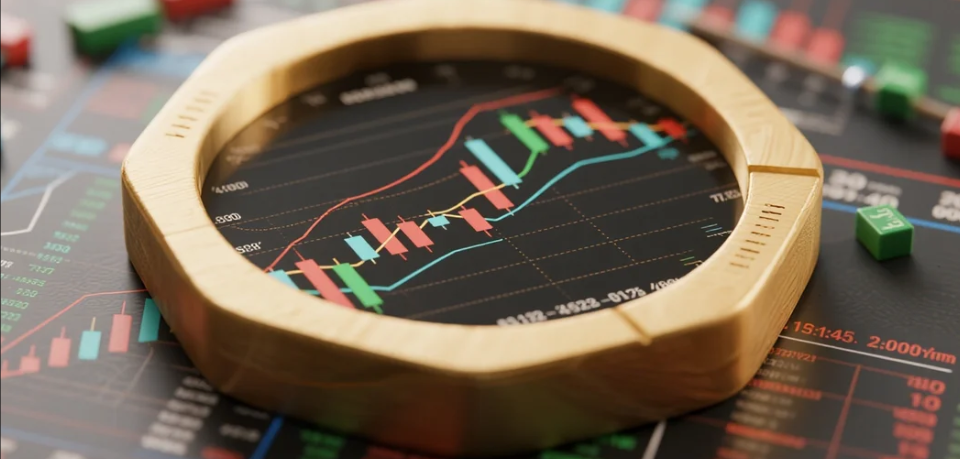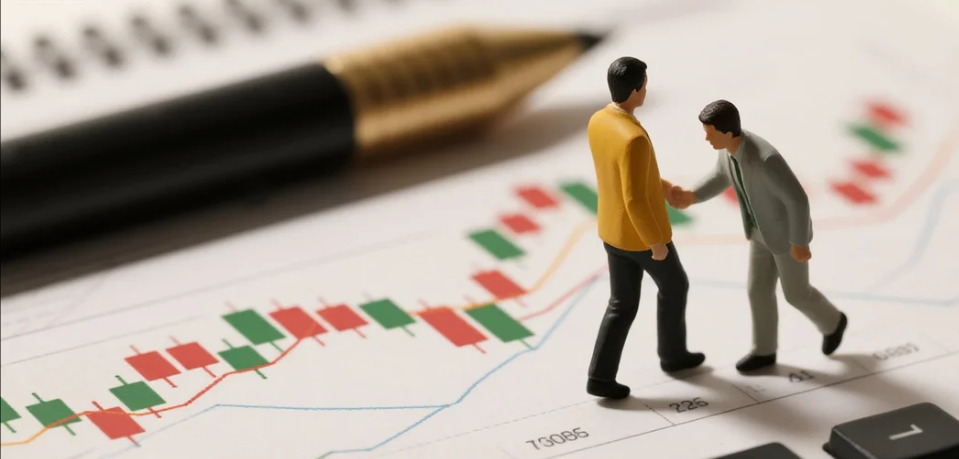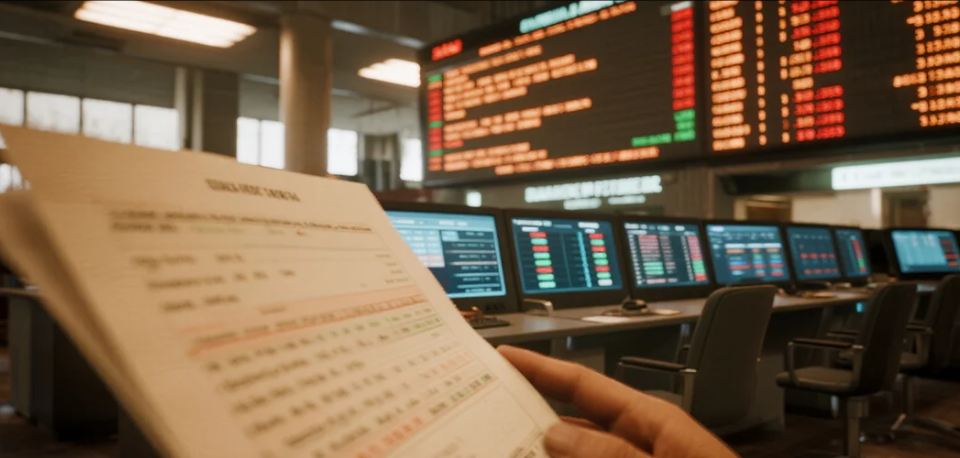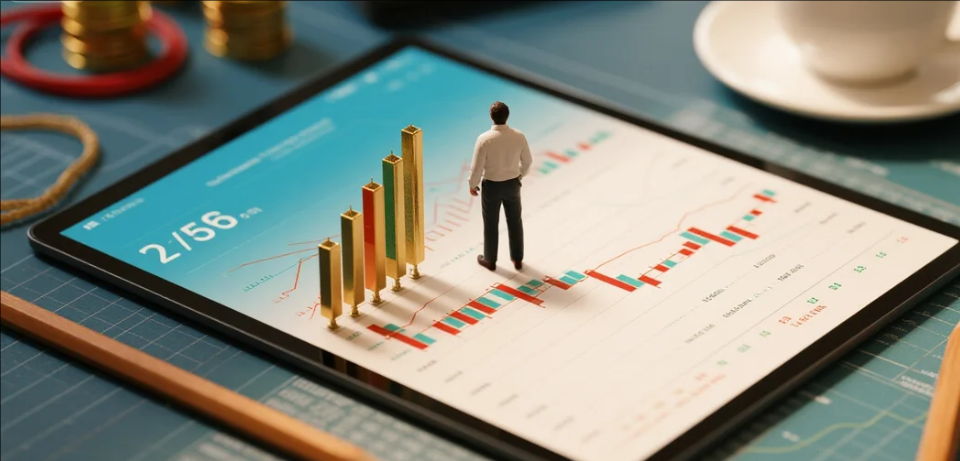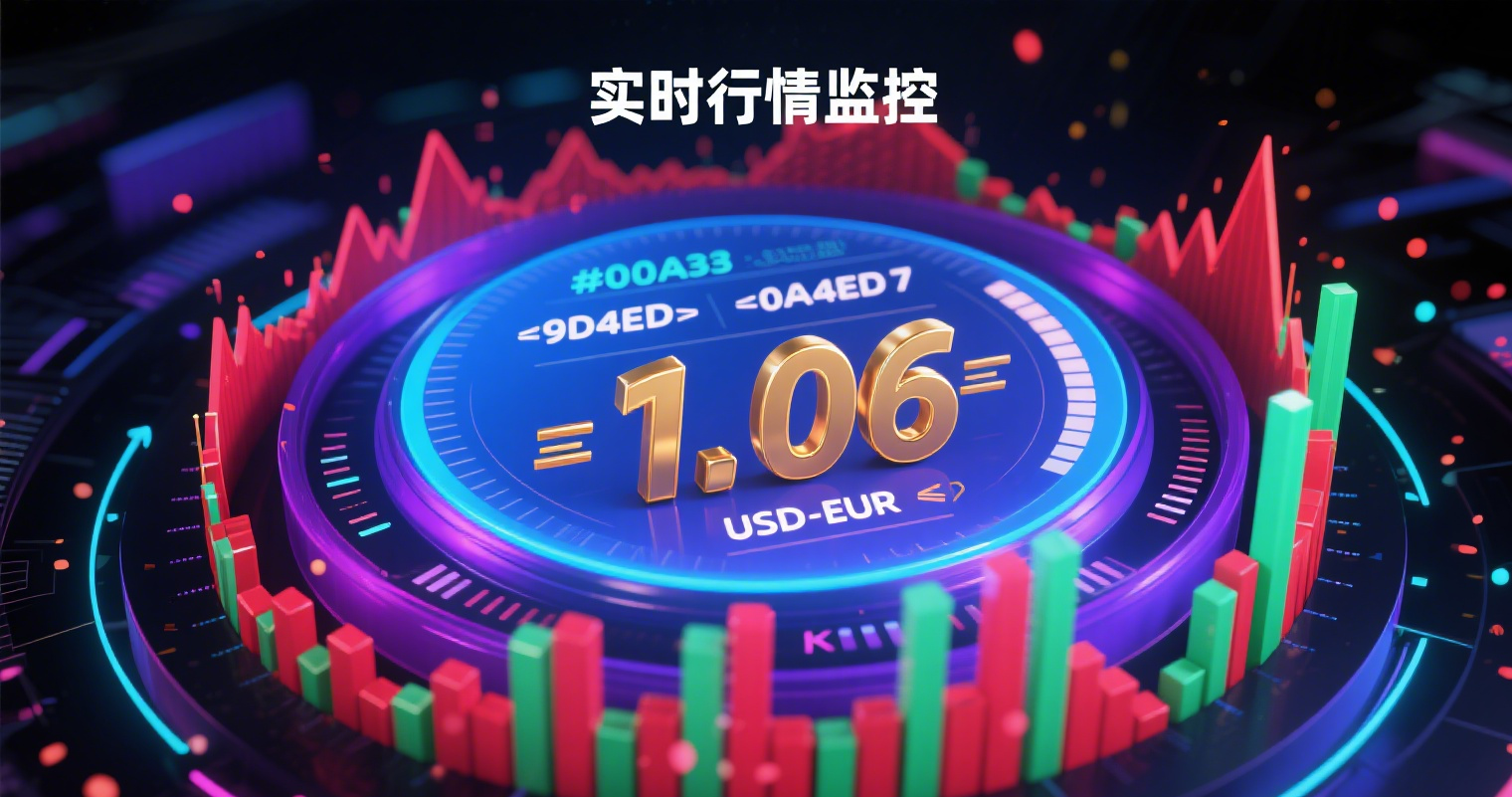
Buying Funds is Equivalent to Borrowing Money to Trade Stocks
The stock market has plummeted, and some people are scared, saying, "The stock market is too risky. I want to buy some sector funds—they feel safer."
Let me put it this way: in the stock market, seven out of ten lose money, two break even, and one makes a profit. Although there are risks, the probability of making money is still around 10–20%. I’ve met many people who got rich from the stock market, but very few who got rich from funds—I’ve never heard of it.
Aside from the commonly cited issues like unethical fund managers, buying at highs, or rat trading (insider trading), there are two critical reasons why buying funds—especially large-scale funds worth tens of billions—will only lead to losses in the long run, with no hope of making money.
The first reason: The stock market lacks a foundation for long-term bull runs.
The village chief’s (government’s) desire is stability. They don’t want the stock market to surge, fearing excessive risks. If the higher-ups don’t want a bull market, how can one exist? Whenever the market rises too much, they immediately ramp up financing efforts. With annual financing scales reaching trillions, how can the stock market sustain an upward trend? A few years ago, fund issuance was booming, with massive inflows of real money, yet it still couldn’t push the Shanghai Composite Index past 4,000 points.
The index has fluctuated around 3,000 points for 20 years. Small investors can profit by buying low and selling high, but funds managing tens of billions can’t engage in grid trading or intraday scalping. Their orders are in the millions, and every move significantly impacts stock prices. Thus, these funds’ returns depend largely on the overall market performance. If the market is good, funds make money; if not, they lose. And since China’s stock market is predominantly bearish, how can these large institutions profit? They’re doomed to lose!
Why did the "magic fund" Yuanshun’an stop subscriptions? Because they knew only small-scale funds could achieve high returns. Expanding the scale would reduce returns.
Take Li Bei, for example. Her fund performed well in recent years, weathering bull and bear markets. But after she publicly sought a partner and gained fame, more people invested in her fund, rapidly increasing its size. Now, its net value has fallen to the warning line.
In the A-share market, only small capital can make money; large institutions simply can’t. Public funds know this well, which is why they rely on management fees to sustain operations—no one is foolish enough to depend on profit-sharing. If a fund company promised, "No profits, no fees," they’d starve—because almost no funds can achieve long-term, stable profits.
This leads to the second reason fund investors lose money: management fees.
Currently, fund management fees range from 1% to 2.5% annually. Let’s take the midpoint: 1.5%. To some, 1.5% per year might seem trivial, but to me, it’s deadly! Because it means buying a fund is like borrowing money to trade stocks. Everyone knows leveraged trading is dangerous—not because of the leverage itself, but because of the annual interest.
If I trade with my own money, I don’t care about short-term fluctuations. Even if I buy PetroChina at ¥20 and get stuck, I can just hold it—it’s like a 20-year fixed deposit with annual dividends. Over time, dividends reduce my cost basis, and I can average down. By now, I’d probably be profitable. But if you’re borrowing money to trade, it’s a problem. Interest accrues, and if dividends don’t cover it, your cost keeps rising, making profits nearly impossible. Fund management fees act like loan interest, invisibly inflating investment costs.
Suppose you buy a fund tracking the Shanghai Composite Index. Eighteen years ago, it was at 3,000 points; today, it’s still at 3,000. Theoretically, you break even. But the fund charges 1.5% annually—27% over 18 years. So, while the index hasn’t moved, your investment has lost 27%! See? The market has no upside, funds can’t make money, yet investors keep paying fees. Isn’t that a scam? Dollar-cost averaging into funds is worse than buying high-dividend stocks like banks or railways. The returns may be modest, but at least they’re safe and profitable long-term.
Some might argue: "But the Shanghai 50 Fund has a 6% annualized return, and Zhang Kun’s E Fund yields 9%—that’s decent!" Look at the timeframe. The Shanghai 50 Fund launched in 2005 when the index was at 998. It rode a bull market, surging sixfold in two years. Even after recent declines, the index remains above 998, so returns appear positive. Exclude 2005–2007, and the fund hasn’t made money in over a decade.
Zhang Kun’s E Fund calculates returns from five years ago (2018), when the market was at a bottom. The ChiNext board then enjoyed a two-year bull run, so Zhang and Ge Lan profited briefly. Once the bull market ended, they suffered consecutive losses.
Recently, an expert claimed: "A-shares offer the world’s best returns—up 30x from 100 points in 1990!" Funds use the same trick in marketing—measuring from the lowest point. That’s blatant deception. Any stock looks profitable if measured from its all-time low. But can you buy at the absolute bottom? Large funds, whether public or private, rely on bull markets to make money. Once the bull ends, they’re doomed to lose.
In a bull market, even fools profit. If your fund makes money, you’d have made more trading stocks yourself. In a bear market, stock investors can hold and collect dividends, while fund investors keep paying fees, worsening their losses. So, if someone pitches funds or wealth products, treat them as scammers. In short: stocks have no holding costs—you can hold indefinitely. Funds charge fees, inflating costs like leveraged trading. It’s high-risk with "interest" eating your returns.







